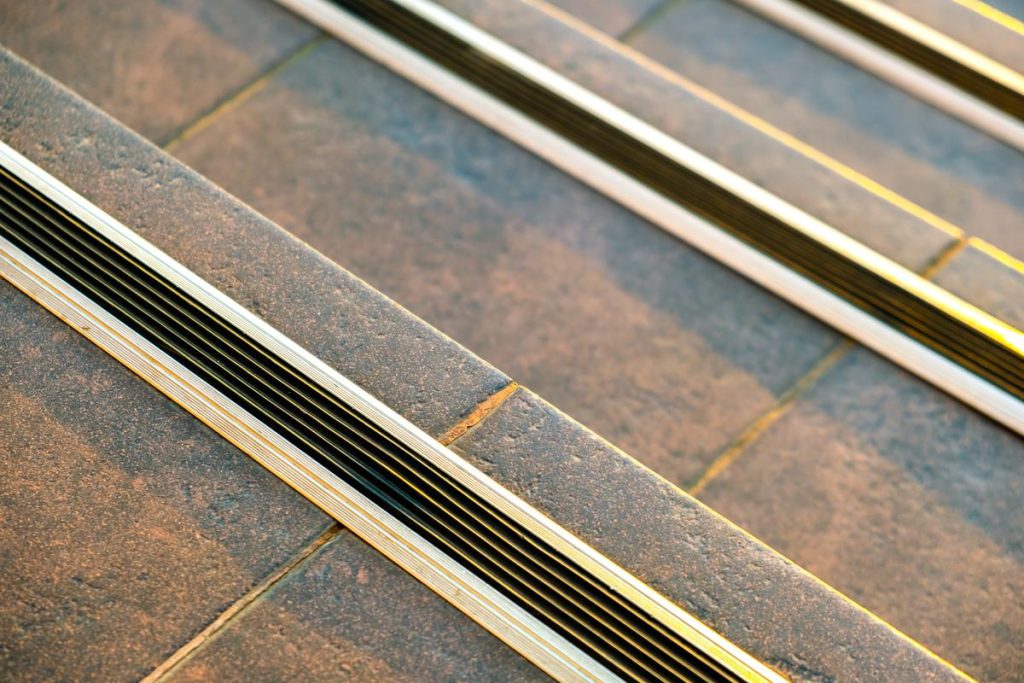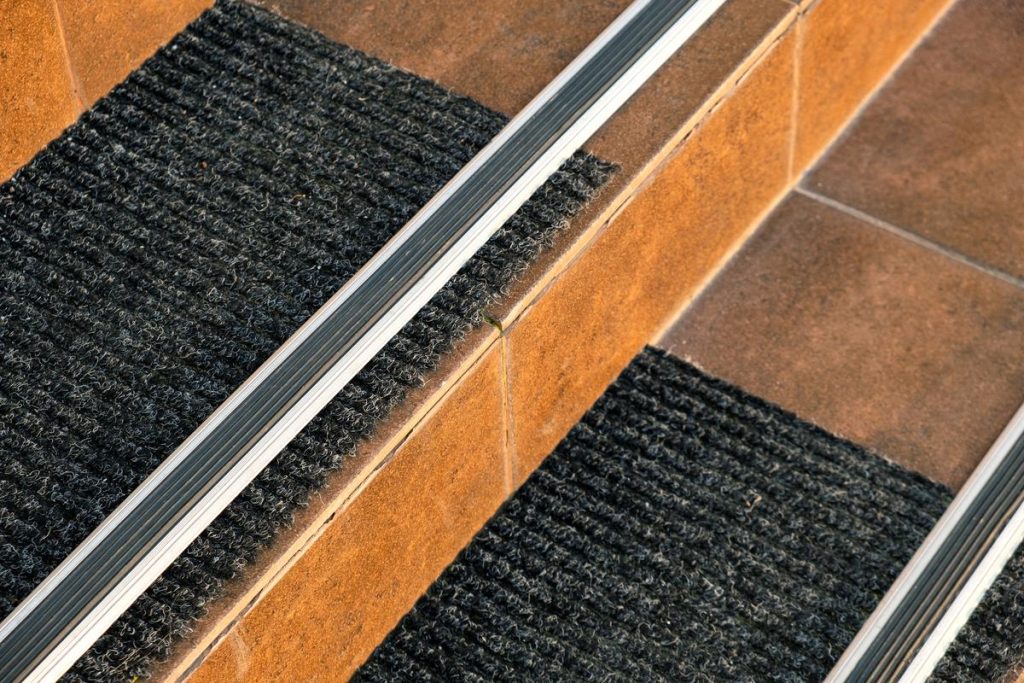Low-Friction Track Systems are highly engineered components designed to facilitate smooth gliding of sliding doors, significantly reducing wear and tear through the use of ball-bearing rollers and self-lubricating materials.
Low-Friction Track Systems offer numerous advantages for sliding doors, providing enhanced performance, longevity, and ease of use. By reducing the resistance encountered during door movement, these systems ensure smoother operation and minimize wear and tear. This not only extends the lifespan of the sliding doors but also enhances the overall user experience. The integration of ball-bearing rollers and self-lubricating materials contributes significantly to these benefits.
Smooth Gliding: Low-Friction Track Systems enable doors to glide effortlessly along the track, reducing the effort required to open and close them.
Reduced Wear: By minimizing friction, these systems prevent excessive wear and tear on the door components, leading to longer-lasting doors.
Noise Reduction: The smooth operation facilitated by low-friction tracks significantly reduces noise, providing a quieter and more pleasant environment.

Provide the best service to customers
For optimal performance and longevity of Low-Friction Track Systems, it’s crucial to adopt regular maintenance practices and usage techniques. Following expert tips can help homeowners maximize the efficiency, safety, and durability of their sliding doors. Emphasizing best practices while avoiding common pitfalls will ensure smooth and trouble-free operation.
Low-Friction Track Systems can be found in various settings, ranging from residential homes with patio doors to commercial establishments with large sliding glass entrances. They serve as integral components that enhance the usability and longevity of sliding doors. The versatility and efficiency of these systems make them suitable for diverse applications, providing inspiration for both new installations and upgrades. Below are some examples demonstrating the practicality and advantages of Low-Friction Track Systems.
Do: regularly clean the track to prevent debris buildup - ensures smooth movement. Don't: neglect cleaning as dirt can cause friction and reduce efficiency.
Do: inspect and adjust rollers periodically - maintains alignment and performance. Don't: ignore roller misalignment - can lead to more significant issues and repairs.
Do: use high-quality lubricants for maintenance - enhances smooth gliding. Don't: use low-grade lubricants - they can attract dirt and degrade components.


When dealing with Low-Friction Track Systems, it’s crucial to avoid certain common mistakes that can lead to reduced efficiency, increased wear, and safety issues. Ignoring maintenance, using incorrect materials, or improper installation can significantly impact the performance and longevity of these systems. Awareness and proactive steps in recognizing and correcting these missteps can maintain optimal operation and extend the life of your sliding doors.
Misalignment: Installing the track system without proper alignment can cause doors to stick or derail, reducing functionality.
Incorrect Lubricants: Using inappropriate lubricants can attract dirt, causing friction and negating the low-friction benefits.
Skipping Maintenance: Neglecting regular maintenance checks can lead to debris buildup, forcing the system to work harder and increasing wear.

Founder

Technician

Technician
If you have a question that is not listed here – please don hesitate and send us an email!
Low-Friction Track Systems are essential for achieving smooth gliding and reduced wear in sliding doors. These systems utilize ball-bearing rollers and self-lubricating materials, combined with precision engineering, to ensure optimal performance and durability. By minimizing resistance and preventing friction, they extend the lifespan of your doors and improve overall user experience. Proper maintenance and correct installation are crucial to harness the full benefits of these advanced components. For homeowners and businesses alike, investing in such a system translates to cost savings and enhanced functionality. Contact Sliding Door Medics to explore tailored solutions for your sliding door needs.
Discover the top 7 mistakes in sliding door alignment and learn expert tips to ensure smooth operation. Avoid costly repairs with our comprehensive guide.
Understand the process of patio door replacement, get informed about the factors affecting its duration such as door type, size, location and expertise required. Learn how to prepare for a smooth and efficient replacement process and aftercare tips.
Find easy steps to fix your sliding patio door in this DIY guide. From examining the door, adjusting rollers, tackling the frame, and tightening your hardware to sealing it properly, get all your queries answered here.

Contact us and schedule your FREE in-house estimation!